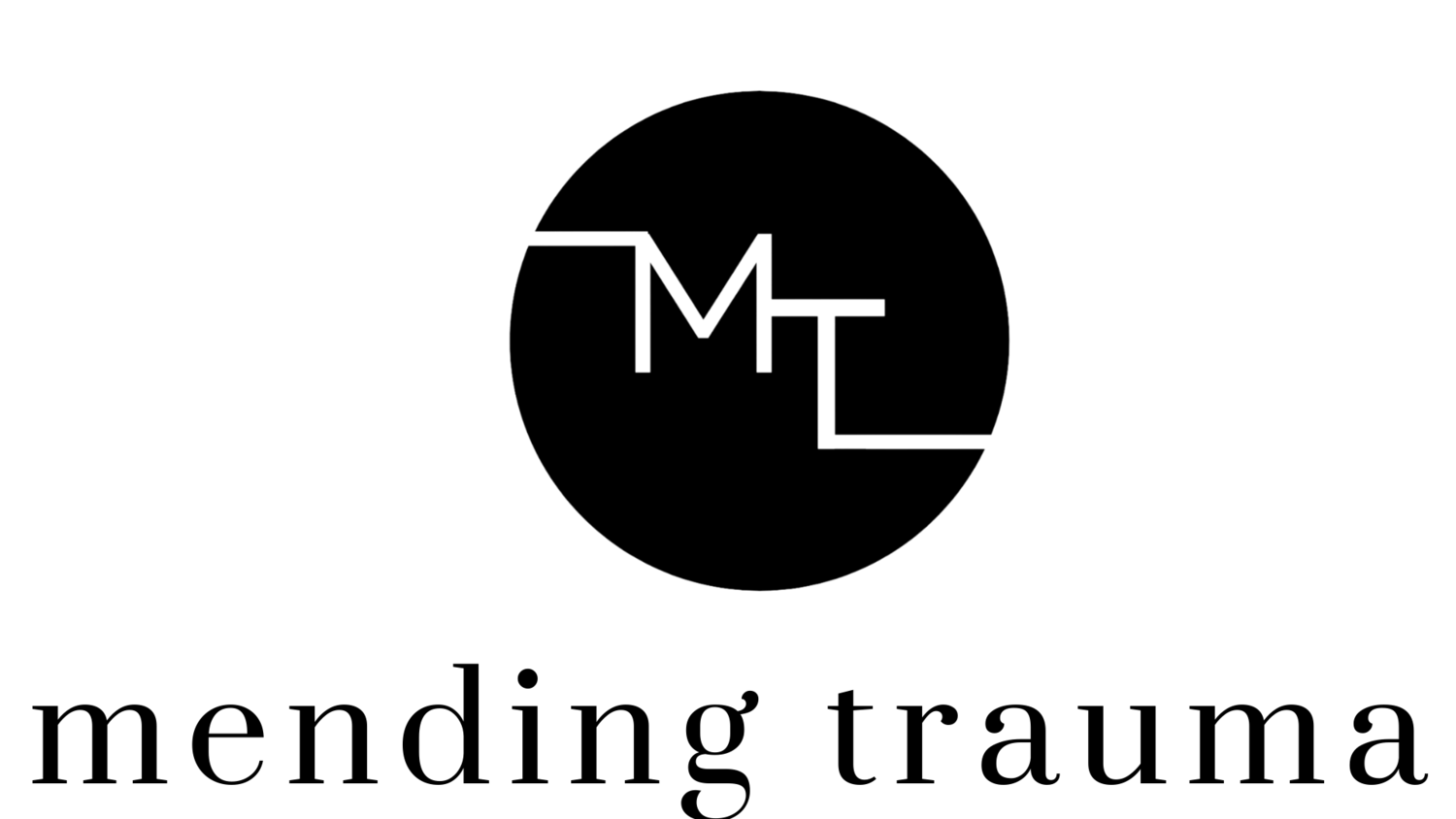Using Microsteps to Form Habits
Did you know that about 40% of Americans do NOT move their body daily? It’s hard to believe, but it’s true. Most don’t know where to start or how! We want to teach you about microsteps and how they can help you create lifelong habits.
Let’s dive in!
What is a microstep?
A microstep is a very incremental or small step in the direction where we ultimately want to go. So for moving, if you want to run a 5k, you would start with walking for 25 minutes per day. That gradually increases to a jog and then to a run over the course of time in order to push you towards your overall goal of running a 5k.
The beautiful thing about microsteps is the brain has a very strong natural resistance to change. As soon as we even think about a change that might be difficult, the brain starts telling us all the reasons why it won't work. This causes our brain to get overwhelmed. And oftentimes, we stop before we've started.
Exercise vs. Movement
The word exercise has a lot of connotations, and it has a lot of layers of meaning. For most of us who have struggled with movement throughout our lives, we're very familiar with going into the doctor's office and having them let us know that we've gained two pounds or 10 pounds and that we really need to start moving and eating better. And although that is awesome advice, what I learned when I was doing my brain training about eight years ago is that the emotional brain often reacts by thinking “no way. It's too hard. It's too overwhelming. We have too much stress, I have too much going on.”
The idea behind the microhabits or the microsteps is, that your brain doesn't have anything to resist. If I say to myself, I'm going to do one pushup a day, or I'm going to walk around the block one time a day, I will often end up doing more! It's basically tricking your brain, which I'm all about.
When we use the term movement, it's very purposeful. Diet culture in the western world and other places can be toxic. The term “movement” recognizes that there are benefits to moving that help our brain, nervous system and mental health. Physical health is also important but focusing on moving reminds us that we are seeking whole health- mind, body and spirit.
How habits get formed
A habit is an automatic behavior. Most of us brush our teeth and hair every day. We are able to form habits by engaging in behaviors that are automated.
So, how do we make movement a habit for the 40% of adults who don’t yet move daily? If we can learn how to automate those behaviors, then we don't have to rely on interest or motivation in order to have those behaviors a part of our daily life.
The interesting thing about neural pathways and habits is that once you have a behavior that's linked to an external cue, it actually forms new neural pathways and those neural pathways become what we call myelinated. This means they're wrapped in a layer of fat, and they are very, very difficult to break! We need external cues. One easy external cue is to put your tennis shoes on when you wake up in the morning. This will help you remember to go walk a block or a mile (something small and relatively easy to begin with) as part of your routine.
If we understand the building of habits through microsteps and repeating the microstep consistently for several weeks, based on external cues, then pretty soon we don't even think about it consciously we just do it.
That phases of habits
When we first start a new behavior, there's a learning phase and during that time, we need to repeat the behavior consistently over and over. Next is the stability phase of the habit where we're starting to form the habit, and it starts to strengthen. That's where the myelination starts.
Myelination is like a shortcut in the brain. We don't have to think, “I have to go move my body for a mile.” It's just something you do.
Remember, consistency is more important than the length of time. If you are struggling to form a new habit, just hang in there and understand that again, a little step is better than no step.

